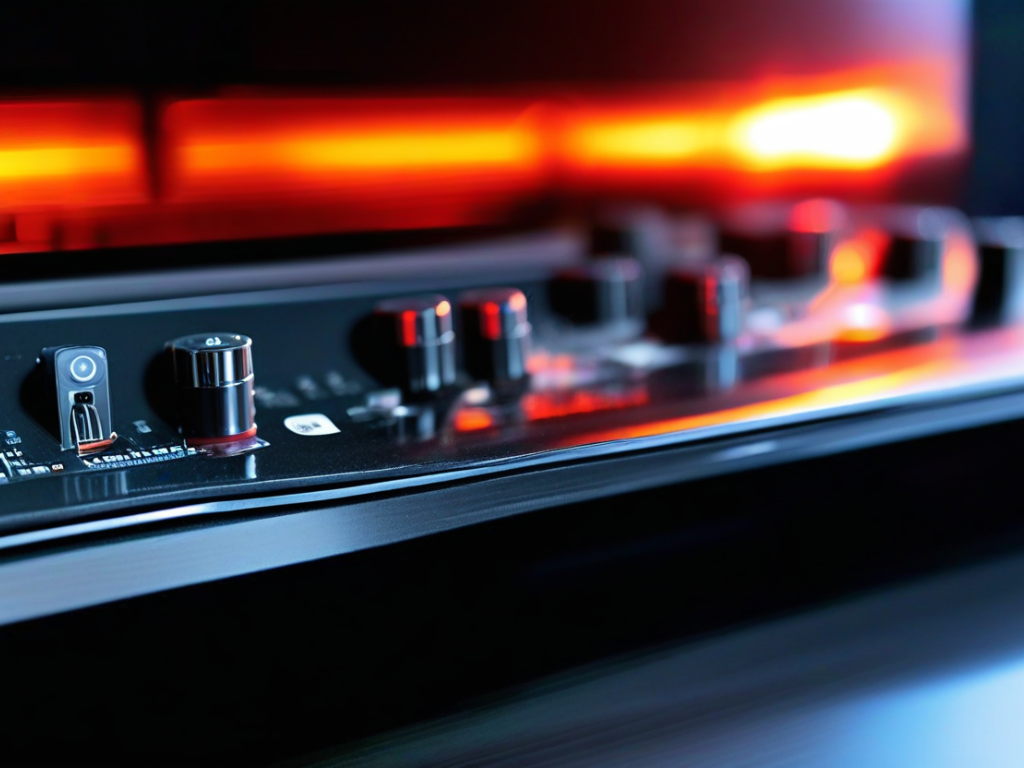Understanding the inner workings of music players can be a fascinating journey, especially when diving into the realm of Digital-to-Analog Converters (DACs) and amplifiers. These two components play crucial roles in shaping the sound quality of your listening experience. Let’s unravel the differences between DACs and amplifiers in music players to appreciate their unique functions and how they work together to deliver exceptional audio performance.
In this article you will find:
- DACs: Unveiling the Digital Magic
- Amplifiers: Powering Up Your Sound
- Collaboration of DACs and Amplifiers
- Real-World Applications: Comparing DACs and Amplifiers
- Unlocking Your Audio Potential
DACs: Unveiling the Digital Magic
DACs are the unsung heroes that transform digital audio signals into analog signals that can be heard through your headphones or speakers. When you play a digital music file on your device, the DAC converts the series of 0s and 1s into electrical signals that represent the sound waves. Simply put, DACs translate digital information into the analog sound we perceive.
There are different types of DACs, each with its own tech specs and performance characteristics. From Delta-Sigma DACs to Multibit DACs, the choice of DAC in a music player can significantly impact the audio quality, including clarity, detail, and resolution.
Amplifiers: Powering Up Your Sound
Amplifiers, on the other hand, are responsible for boosting the electrical signals from the DAC to drive your headphones or speakers. They provide the necessary power to make the sound audible at your desired volume level. Amplifiers come in various forms, from discrete solid-state designs to tube amps, each offering unique sonic signatures and power outputs.
While DACs focus on the quality and accuracy of signal conversion, amplifiers concentrate on amplifying that signal without distortion, ensuring that the nuances and dynamics of the music are faithfully reproduced.

Collaboration of DACs and Amplifiers
In a music player, the DAC and amplifier work hand in hand to deliver a high-fidelity listening experience. The DAC converts the digital audio signal with precision, and the amplifier amplifies that signal to drive your headphones or speakers with clarity and power.
Choosing a music player with a high-quality DAC and amplifier combination can elevate your audio experience to new heights, revealing subtle details in your favorite tracks and providing a more immersive soundstage.
Real-World Applications: Comparing DACs and Amplifiers
For instance, a portable music player equipped with a premium DAC such as the ESS Sabre or AKM DAC, paired with a robust amplifier, can deliver studio-quality sound on the go. The synergy between a high-performance DAC and amplifier ensures that you hear your music as the artist intended, with accuracy and emotion.
In contrast, a budget music player with a basic DAC and amplifier setup may lack the finesse and power needed to bring out the best in your music collection. While still functional, the audio quality may not reach the same level of clarity and detail found in more advanced setups.
Unlocking Your Audio Potential
As you explore the vast world of music players and audio equipment, understanding the distinction between DACs and amplifiers can empower you to make informed decisions and tailor your sound experience to suit your preferences. Whether you seek absolute transparency in sound reproduction or a warmer, more colored audio signature, the interplay between DACs and amplifiers shapes the way you perceive music.
So, next time you immerse yourself in your favorite tunes, take a moment to appreciate the technology behind the scenes—the intricate dance of DACs and amplifiers that brings music to life in all its richness and depth.

